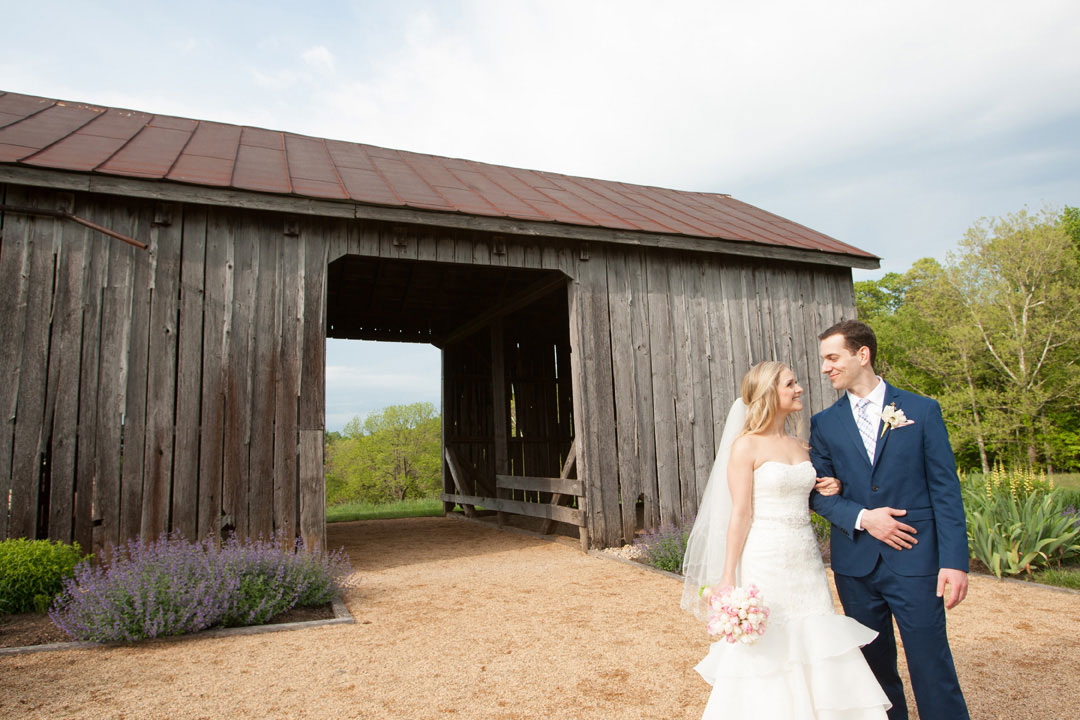Perfectly Timed: Discovering the Best Season for Your Dream Maryland Wedding

Complete the form to INSTANTLY view our prices and packages. Packages start at just $1400.
"*" indicates required fields
Planning your dream wedding can be overwhelming, but one of the most crucial decisions you’ll make is choosing the perfect season. If you’re getting married in Maryland, there are several factors to consider when deciding on the best time of year for your big day. In this blog post, we’ll explore how to discover the perfect season for your Maryland wedding and why timing is everything when creating the wedding of your dreams. Whether you envision a summer soiree or a cozy winter celebration, we’ll help you optimize your wedding planning with our expert tips and advice.
Spring Weddings in Maryland
Advantages of having a wedding in the spring:
- Mild Weather: The spring season in Maryland is known for its mild and pleasant weather, making it a great time to have an outdoor wedding.
- Blooming Flowers: Spring is when flowers bloom, and the beauty of blooming flowers can add extra charm to your wedding decor.
- Availability of Venues: Since spring is not as popular as summer for weddings, it is easier to find and book venues and vendors for your wedding day.
- Off-Peak Rates: With fewer weddings happening in the spring season, vendors and venues are more likely to offer off-peak rates, saving you some money.
- Fresh Produce: Spring is when fresh produce like strawberries and asparagus are readily available, and incorporating them into your wedding menu can add an extra touch of freshness.
Disadvantages of having a wedding in the spring:
- Unpredictable Weather: While the spring season is usually mild, it can be unpredictable, and you may have to deal with unexpected rain or wind.
- Allergies: With the blooming flowers and trees comes pollen, which can trigger allergies in some people.
- Busier Schedules: Spring is a busy time of year, with graduations and other events making coordinating with guests’ schedules harder.
- Limited Floral Options: While spring is known for its beautiful flowers, there may be limited floral options depending on the exact date of your wedding.
Adapting photography to the spring season:
- Incorporate Blooming Nature: With blooming flowers and trees, take advantage of the beauty of nature by using them as a backdrop for your photos.
- Play with Colors: Spring is a time for vibrant and pastel colors, and incorporating them into your wedding outfits and decor can make your photos stand out.
- Use Natural Light: With longer days and more sunlight, natural light creates soft and romantic photos.
- Consider an Indoor Venue: While spring is an excellent time for outdoor weddings, unpredictable weather can be challenging. Consider an indoor venue with large windows or skylights that let in plenty of natural light for your photos.
- Bring in Some Props: Incorporate seasonal props like umbrellas, rain boots, or flowers to add charm to your photos.
Summer Weddings in Maryland
Advantages of having a wedding in the summer:
- Good weather: Summer in Maryland is usually warm and sunny, which makes it perfect for outdoor weddings.
- Longer daylight hours: Summer days are longer, giving you more time to use natural light for your photography and videography needs.
- Beautiful natural scenery: Maryland has many scenic locations perfect for outdoor summer weddings, such as beaches, parks, and gardens.
- Seasonal flowers and fruits: Summer brings an abundance of colorful flowers and fresh fruits, which can add to the beauty of your wedding decor and menu.
- Easier to plan: Summer is a popular season for weddings, so that you will find more vendors and options available for your wedding planning needs.
Disadvantages of having a wedding in the summer:
- High demand: Since summer is a popular season for weddings, venues, and vendors may be in high demand and have a higher price tag.
- Hot weather: While warm weather is advantageous, it can also be a disadvantage, especially for outdoor weddings. The heat and humidity can make guests uncomfortable and affect their enjoyment of the wedding.
- Bugs and insects: Mosquitoes, flies, and other insects can be more prevalent during the summer months, which can be a nuisance for guests.
- Busy schedules: Summer is also a busy season for many people, with vacations, holidays, and other events, making it challenging for some guests to attend.
How to adapt photography to the summer season:
- Time of day: Schedule your photo shoots during the “golden hours,” the first and last hours of sunlight. The light is soft and warm during these times, perfect for romantic wedding photos.
- Locations: Choose locations that have shade or indoor areas for your photography to provide relief from the heat and direct sunlight.
- Attire: Opt for light and airy fabrics for wedding dresses and suits to keep the bride, groom, and bridal party comfortable in the heat.
- Accessories: Bring along umbrellas, hats, and sunglasses to provide shade and protection from the sun during outdoor photography sessions.
- Hydration: Keep plenty of water on hand for the bridal party and photographer during outdoor photography sessions to stay hydrated in the summer heat.
Fall Weddings in Maryland
Advantages of having a wedding in the fall:
- Beautiful Scenery: Fall foliage can provide a breathtaking backdrop for your wedding photos, making for a stunning natural setting.
- Pleasant Weather: The cooler temperatures of the fall season make it more comfortable for outdoor ceremonies and receptions.
- Seasonal Decor: With the abundance of fall-inspired decorations and themes, your wedding can have a unique and charming ambiance.
- Seasonal Food: Fall offers a variety of seasonal foods and flavors, making for a delicious menu for your guests.
Disadvantages of having a wedding in the fall:
- Weather Uncertainty: While the cooler temperatures may be pleasant, fall weather can be unpredictable, and you may need to plan for inclement weather.
- Shorter Days: With shorter fall days, you may need to adjust your timeline to ensure enough daylight for outdoor photos.
- Competing with Other Events: Fall is a popular season for festivals, sports events, and other activities, which could potentially conflict with your wedding date.
- Allergies: For those with seasonal allergies, the fall can be challenging, and you may need to consider the impact of allergens on your guests.
Adapting photography to the fall season:
- Embrace the Fall Foliage: Use the colorful leaves and natural scenery to create stunning photos that capture the season’s beauty.
- Play with Light: The fall light can create a warm golden glow that enhances your photos.
- Incorporate Seasonal Props: Incorporating seasonal props like pumpkins or blankets can add a cozy and charming touch to your photos.
- Add Texture: Fall brings a variety of textures, including rustic wood, wool, and burlap, which can add depth and interest to your photos.
- Adjust Colors: Fall colors tend to be more muted and earthy, so adjusting the color settings to enhance these tones can make for beautiful and cohesive photos.
Winter Weddings in Maryland
- Unique atmosphere: Winter weddings can have a magical and cozy feel with the possibility of snow, warm colors, and twinkling lights.
- More venue options: Since winter is considered the off-season for weddings, you may have more options and greater flexibility in choosing your wedding venue.
- Availability of vendors: You may also have an easier time booking wedding vendors, including photographers, caterers, and florists, as they may have more availability during the winter months.
- Cost savings: Since winter is considered the off-season, many vendors and venues offer discounted rates.
- Seasonal decor: Winter weddings can incorporate beautiful seasonal decors such as pine cones, evergreens, and seasonal flowers.
Disadvantages of having a wedding in the winter:
- Weather uncertainties: Winter weather can be unpredictable, which may affect travel plans for guests and impact the wedding day itself.
- Shorter days: With the shorter daylight hours in the winter, it may be necessary to adjust the wedding ceremony and reception timing.
- Cold temperatures: If you plan to have an outdoor wedding or take photos outside, you and your guests may need to bundle up to stay warm.
- Limited menu options: Winter weddings may have more limited options as many seasonal fruits and vegetables are unavailable.
- Possible holiday conflicts: Winter is a popular holiday time, which could conflict with your wedding date and make it harder for guests to attend.
How to adapt photography to the winter season:
- Use natural light: Take advantage of the winter light, which can create beautiful and moody photos, especially during the golden hour.
- Incorporate winter elements: Embrace the winter season by incorporating seasonal elements such as snow, ice, and evergreens into your photos.
- Bring extra lighting: With shorter days and less natural light, add extra lighting equipment to capture the perfect shot.
- Dress appropriately: Make sure you and your subjects are dressed warmly for the cold temperatures, but also consider incorporating winter clothing, such as a fur coat or a cozy scarf, into your photos.
